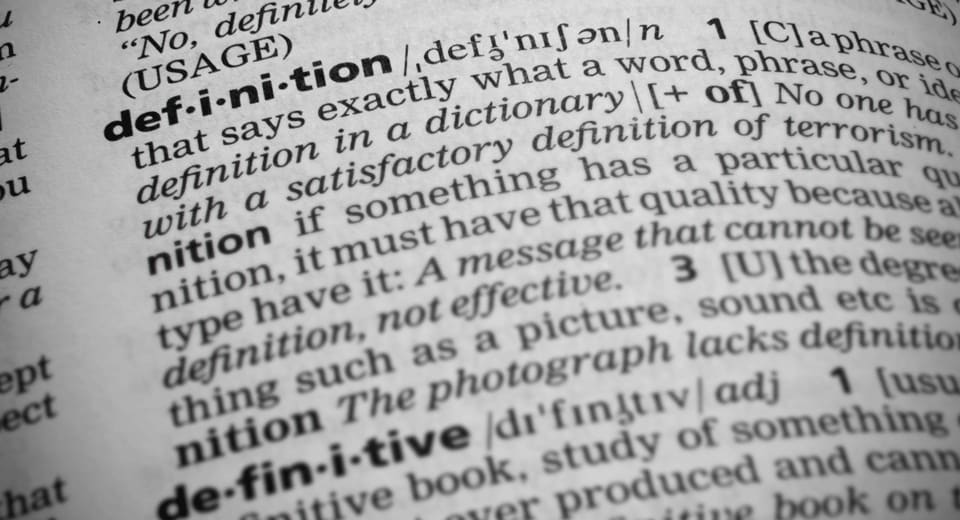Understanding the coronavirus vocabulary

“Social distancing”? “Presumptive positive”? You’re not alone if you don’t quite understand some of the key words that physicians and journalists are using to tell us about the new coronavirus, COVID-19. We’ve put together a quick reference guide to help you.
“It’s important to get your information from a reliable source, such as the Centers for Disease Control and Prevention—the CDC—which is our primary source for COVID-19 information,” said David Pombo, MD, medical director of infectious disease at Cape Cod Healthcare.
Understanding the information you hear and read is important, especially now that a global pandemic has been declared. The overwhelming amount of media information centered on COVID-19 can make those messages difficult to grasp.
Below is a brief review of the vocabulary you should know.
3 Possible Test Results
Presumptive Positive Case: Individuals with at least one respiratory specimen that tested positive for the virus that causes COVID-19 at a state or local laboratory. The specimen will be identified as ‘presumptive positive’ until the result is confirmed at CDC.
Laboratory-Confirmed COVID-19 Case: Individuals with at least one respiratory specimen that tested positive for the virus that causes COVID-19 at a CDC laboratory.
Negative Case: The individual does not have COVIC-19, if their test results are negative.
COVID-19 Vocabulary Words
COVID-19: Originally referred to as the new coronavirus disease in the media, COVID-19 was first reported in Wuhan, China, in December 2019. COVID is an abbreviation for ‘coronavirus disease’, and 19 refers to 2019, the year the disease was discovered.
COVID-19 is a lower respiratory tract disease, which means it primarily effects the lungs.
Coronavirus: Coronaviruses are a large family of viruses, some causing illness in people and others that circulate among animals, including camels, cats, and bats.
U.S. Centers for Disease Control and Protection (CDC): The United States’ health protection agency, whose mission is to save lives and protect people from health, safety, and security threats.
Community Spread: This refers to how individuals get the virus. At first, COVID-19 was spread through travel; people became infected with COVID-19 after being in contact with someone who had been in Wuhan, China, where the disease originated. Community Spread means that individuals are now picking up the virus from some unknown infected person (who may or may not have visited China or one of the other hot spots around the world) with whom they’ve come into contact. Currently, we are experiencing community spread, which is why staying home and staying away from other individuals will help slow the spread of COVID-19.
Social Distancing: Deliberately increasing the physical space between people to avoid spreading illness. Examples of social distancing are:
-
Staying at least six feet away from other people
-
Working from home instead of at the office
-
Closing schools and other public venues
-
Visiting friends and loved ones by using electronic devices instead of in person
Isolation vs. Quarantine
Isolation and quarantine help protect the public by preventing exposure to people who have or may have a contagious disease.
The clearest definition of these two words is on the U.S. Health and Human Services website, which borrows from and then expands on the CDC definitions.
Isolation: Used to separate ill persons who have a communicable disease from those who are healthy. Isolation restricts the movement of ill persons to help stop the spread of certain diseases. For example, hospitals use isolation for patients with infectious tuberculosis.
Quarantine: Used to separate and restrict the movement of well persons who may have been exposed to a communicable disease to see if they become ill. These people may have been exposed to a disease and do not know it, or they may have the disease but do not show symptoms. Quarantine can also help limit the spread of communicable disease.
Self-Quarantine: People who have been around an individual who has tested positive for COVID-19 are asked to self-quarantine, which means to stay at home and avoid all contact with other individuals for 14 days. Fourteen days is the longest time it typically takes for the virus to emerge in an infected person.
To self-quarantine, you should:
-
Use standard hygiene and wash your hands frequently.
-
Not share towels, utensils, or other common household items with other people.
-
Stay at home.
-
Not have visitors.
-
Stay at least six feet away from other people in your household.
